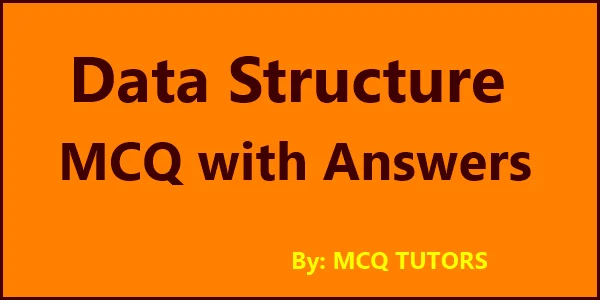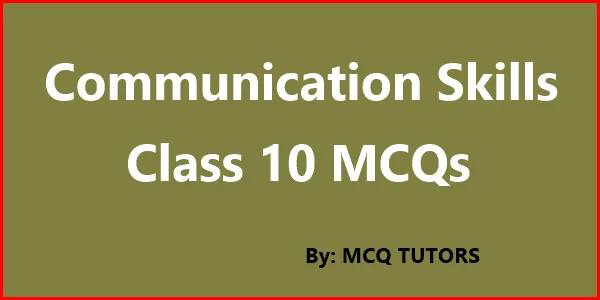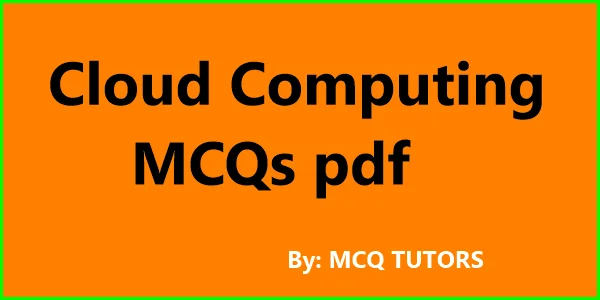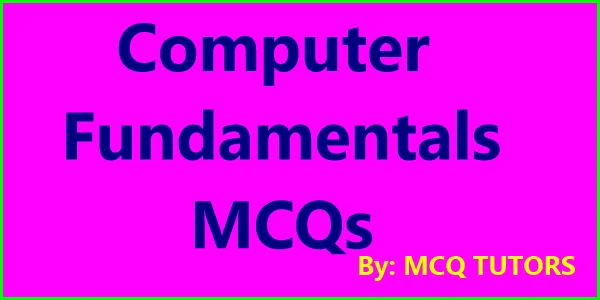In the modern world, broadband communication is becoming increasingly important to many aspects of our lives. MCQs are a common form of assessment used to test knowledge and understanding in various fields, including telecommunications.
This article aims to provide an overview of MCQ broadband communication, together with a selection of answers to help readers gain a better understanding of this topic.
In particular, it will explore the fundamentals of broadband technology, its applications in daily life, and its potential impact on the future.
50 MCQ on Broadband Communication With Answer
1) How many satellites are required to cover the whole world?
a) 2
b) 3
c) 4
d) 5
Ans. b
2) “AVD stands for”
a) Avalanche photo diode
Ans. a
3) Jo Cover the whole world the satellite should be apart.
a) 120o
b) 150o
c) 180o
d) 360o
Ans. a
4) The height of the geosynchronous satellites from surface of the Earth is
a) 18500 KM
b) 36000 KM
c) 72000 KM
d) 10000 KM
Ans. b
5) Commercial satellite mainly used for
a) 4/6 ghz
b) 12/14 ghz
c) 8/10 ghz
d) 3 / 4 ghz
Ans. a
6) Telemetry system is on the ___.
a) Satellite
Ans. a
7) Trenching System is situated on
a) Earth station
b) Satellite
c) Substation
d) None
Ans. a
8) Which of the following is nat between F2 layer and D LAYER?
a) E layer
b) F1 layer
c) G- Region
d) All of the above
Ans. c
9) The minimum height of outer atmosphere is
a) 100 KM
b) 150 KM
c) 200 KM
d) 400 KM
Ans. d
10) F2 layer of the atmosphere extends from
a) 250 KM – 400 KM
b) 150 KM – 250 KM
c) 50 KM – 150 KM
d) 15 KM – 50 KM
Ans. a
11) The skip distance for radio wave increases with
a) Increase in frequency
b) Reduction in frequency
c) Temperature of atmosphere
d) None of the above
Ans. a
12) Which of the following is abnormal variation in ionosphere?
a) Diurnal variation
b) Seasonal variation
c) Ionospheric storms
d) None of the above
Ans. c
13) VLF waves are used for communication system because
a) of low power requirement
b) they are least prove to distortion
c) they penetrate the ionosphere easily
d) None
Ans. c
14) Scatter transmission is used to frequencies
a) UHF and VHF
b) UHF only
c) VLF only
d) VHF only
Ans. a
15) EM waves is free space can only be
a) Absorbed
b) Refracted
c) Reflected
d) Attenuated
Ans. d
16) For a high frequency earth act as
a) Conductor
b) Resistor
c) Dieetric
d) None
Ans. b
17) Long distance short wave radio broadcasting uses
a) Ground wave
b) Ionospheric wave
c) Direct wave
d) None
Ans. b
18) The velocity of EM wave in space is given by
a) √ Ro / Eo
b) √ RoEo
c) 1 / √ Mo Eo
d) √ Eo Mo
Ans. c
19) The commonly used bands for uplink frequency are ___ and ___.
a) 4 ghz and 14 ghz.
Ans. a
20) Two major technologies used for launching are ___ and ___.
a) ELV – Expendable launch vehicles
b) STS – Space transformation system
Ans. b
21) Commercial satellite is also known as ___
a) C Band
Ans. a
22) ___ and ___ set is known as “transponder”.
a) Transmitter and receiver.
Ans. a
23) Scattering of wave is mainly due to ___.
a) Rain or fog
Ans. A
24) The meaning of LOS is___
a) Line of Sight
Ans. A
25) Each telephony channel transmits audio frequencies from ___khz to ___khz.
a) 300 – 3.4
Ans. a
26) Tx and Rx stands for ___ to ___sufficient for TV channel.
a) 3 – 4 Mhz
Ans. a
27) Commonly used antennas for LOS are ___and ___.
a) Parabolic and Horn.
Ans. a
28) Two types of diversity systems are ___ and ___
a) Space and Frequency
Ans. a
29) TDFM stands for
a) Time division multiplexing.
Ans. a
30) ___ channel make a group and ___ channel make a supergraip.
a) 12 and 60.
Ans. a
31) The free space loss in db is given by ___
a) 92.44 + 20 log + 20 log F ghz
Ans. a
32) Dispersion varies with length of fiber as
a) increase
b) decrease
c) no effect
d) none
Ans. a
33) A satellite at a distance 4000 KM from a point an earth surface radiates a power of 2 Watts, from the antenna with a gain of 1.7dB in the direction of the observer. The receiving antenna has a gain of 52.3dB. The received power if satellite operates at frequency of 11Ghz are ___and ___.
a) 185.3108 dB and 1.4789 X 10-13 Watts
Ans. a
34) Given the distance of the obstacle from the transmitter dt = 20 Km. And the second Fz clearance = 40M. the distance of the obstacle from the receiver if the frequency of transmission is 4 Ghz is ___
a) Drkm = 11.034 Km
Ans. a
35) The free space path loss of a 100 Km LOS link if operating frequency is 10 Ghz is___.
a) 152.4418 dB
Ans. a
36) The three different modes of fibers are ___, ___ and ___.
a) (i) TE (Transverse electric field mode)
b) (ii) TM (Transverse magnetic field mode)
c) Hybrid Mode.
Ans. c
37) Which layer is least important in high frequency propagation?
a) D layer
b) E layer
c) F1 layer
d) F2 layer
Ans. a
38) The reference index of a ionized layer in terms of F and N is ___.
a) √1- 8IN / F2
Ans. a
39) Critical frequency of a layer is given as___
a) Fc = 9 √N 80
Ans. a
40) Virtual height is always ___ than the actual height.
a) Greater
Ans. a
41) MUF is given by___.
a) Fc Sec Ø
Ans. a
42) The radius of earth in KM ___.
a) 6370
Ans. a
43) Velocity of light in M/Sec ___.
a) 3 X 108
Ans. a
44) Bending of light in the same medium is called ___.
a) Total internal reflection
Conclusion:
MCQ Broadband Communication is an effective and reliable communication solution for businesses of all sizes. It provides a secure connection, fast speeds, and is extremely cost-effective when compared to other options.
Additionally, MCQ Broadband offers complete customization, making it easy for businesses to tailor the service to their individual needs. This allows for greater flexibility in terms of usage and security as well.
Read more:
- Visual Merchandise MCQs with Answer
- MCQ WML and WAP Programming
- MCQ Business Intelligence and Tools
- MCQ VB.NET AND XML




